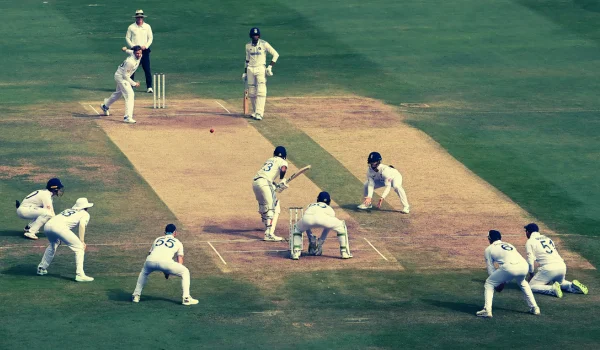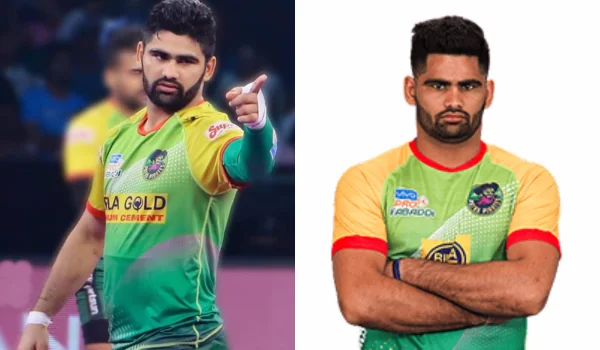Cricket is one of the most popular sports in the world, played in various formats ranging from traditional Test matches to the fast-paced T20 games. Each format has specific rules and regulations, including the number of players on a team. Whether you are new to the sport or a seasoned fan, understanding how many players are involved in cricket is crucial to appreciating the game’s structure.
How Many Players Are in a Cricket Team?

A standard cricket team consists of 11 players on the field, with additional substitute players available for replacements under certain conditions. This rule applies across all formats, including Test cricket, One-Day Internationals (ODIs), and T20 cricket.
Each team typically includes a mix of:
- Batsmen (responsible for scoring runs)
- Bowlers (specialists in delivering the ball to dismiss batsmen)
- All-rounders (players proficient in both batting and bowling)
- Wicketkeeper (a specialist fielding position behind the stumps)
While only 11 players take the field at any given time, most teams have extra players in their squad for tactical reasons or as substitutes in case of injuries.
Team Structure in Different Cricket Formats
1. Test Cricket (Traditional Format)
Test cricket, played over five days, requires a deep understanding of strategy and endurance. In this format:
- Each team has 11 players on the field at all times.
- Teams usually include 5-6 batsmen, 4-5 bowlers, and a wicketkeeper.
- A 12th man (substitute) can replace an injured fielder but is not allowed to bat or bowl.
- A concussion substitute is permitted under ICC rules, allowing a like-for-like replacement if a player suffers a head injury.
2. One-Day Internationals (ODIs)
ODI cricket, a limited-overs format with 50 overs per side, follows similar team structures to Test cricket but with an emphasis on balancing aggressive batting and bowling strategies.
- 11 players per team on the field.
- The team composition generally includes 6 batsmen, 4 bowlers, and a wicketkeeper.
- A 12th man can field but cannot bat or bowl.
- Strategic player selection is crucial as teams aim for a mix of specialists and all-rounders.
3. Twenty20 (T20) Cricket
T20 cricket is the shortest international format, with each team playing 20 overs per innings. It is known for its explosive batting and fast-paced action.
- 11 players per team take the field.
- Teams prioritize power hitters, aggressive bowlers, and fielding specialists.
- All-rounders play a key role, as they contribute in both batting and bowling.
- Impact Players (substitutes): Some T20 leagues, like the IPL, allow tactical substitutions to influence the game.
Substitutes and Special Rules
While only 11 players are allowed on the field at a time, teams often carry extra players in their squad. Different formats and competitions have unique substitution rules:
- 12th Man: A non-playing substitute who can only field if a teammate is injured.
- Concussion Substitute: Introduced by the ICC in 2019, allowing a like-for-like replacement if a player suffers a head injury.
- Super Sub (Retired Rule): Previously used in ODIs, allowing a tactical replacement during the game.
- Impact Player Rule (T20 Leagues): In leagues like the IPL, a designated substitute can replace a player during the match.
How Many Players Are in a Cricket Squad?
While only 11 players are on the field, international and domestic cricket teams travel with larger squads:
- Test Cricket Squads: Usually 15-18 players to cover injuries and selection changes.
- ODI and T20 Squads: Typically 15 players, ensuring backup options for different conditions.
- Franchise T20 Leagues: Teams have 20-25 players, with overseas and local players forming a balanced mix.
Women’s and Junior Cricket: Are the Rules Different?
Women’s cricket and junior formats also follow the 11-player rule, but shorter game formats are often introduced at junior levels, such as:
- 6-a-side or 8-a-side cricket in schools and grassroots tournaments.
- The Hundred (England’s new format) features 100 balls per team but still maintains 11 players per side.
Conclusion
The number of players in cricket remains consistent across formats, with 11 players per team on the field at any given time. However, squad sizes and substitution rules vary depending on the competition and game format. Whether it’s Test cricket’s endurance, ODI’s balanced strategy, or T20’s explosive action, understanding the team structure adds depth to a fan’s appreciation of the sport.






